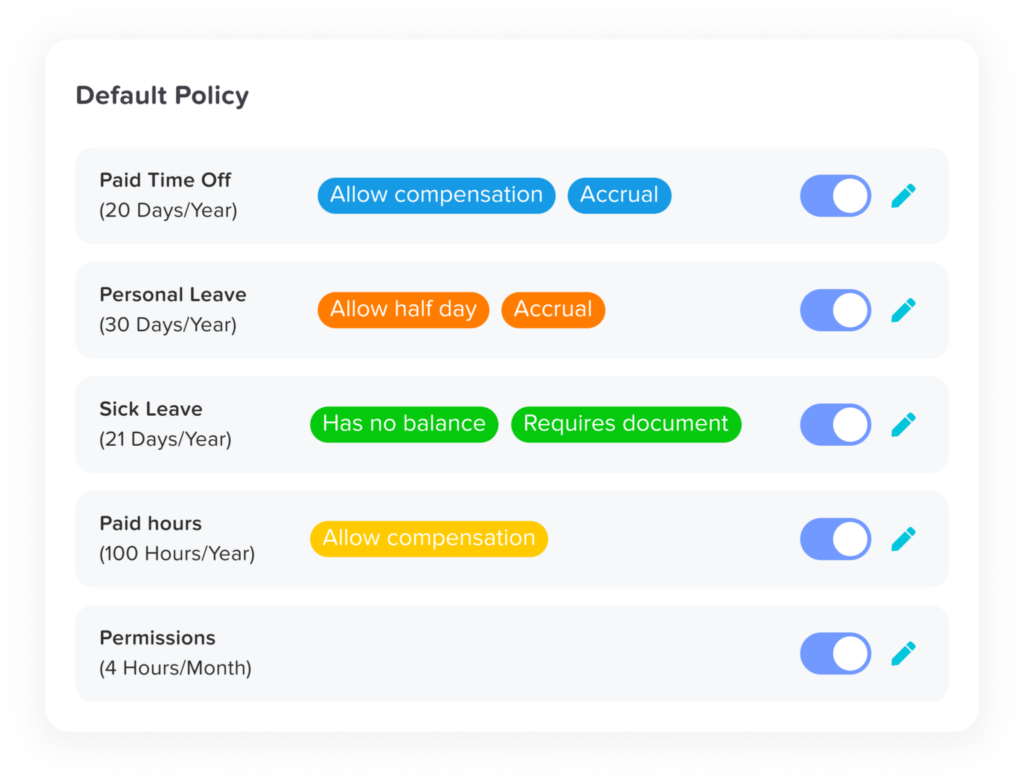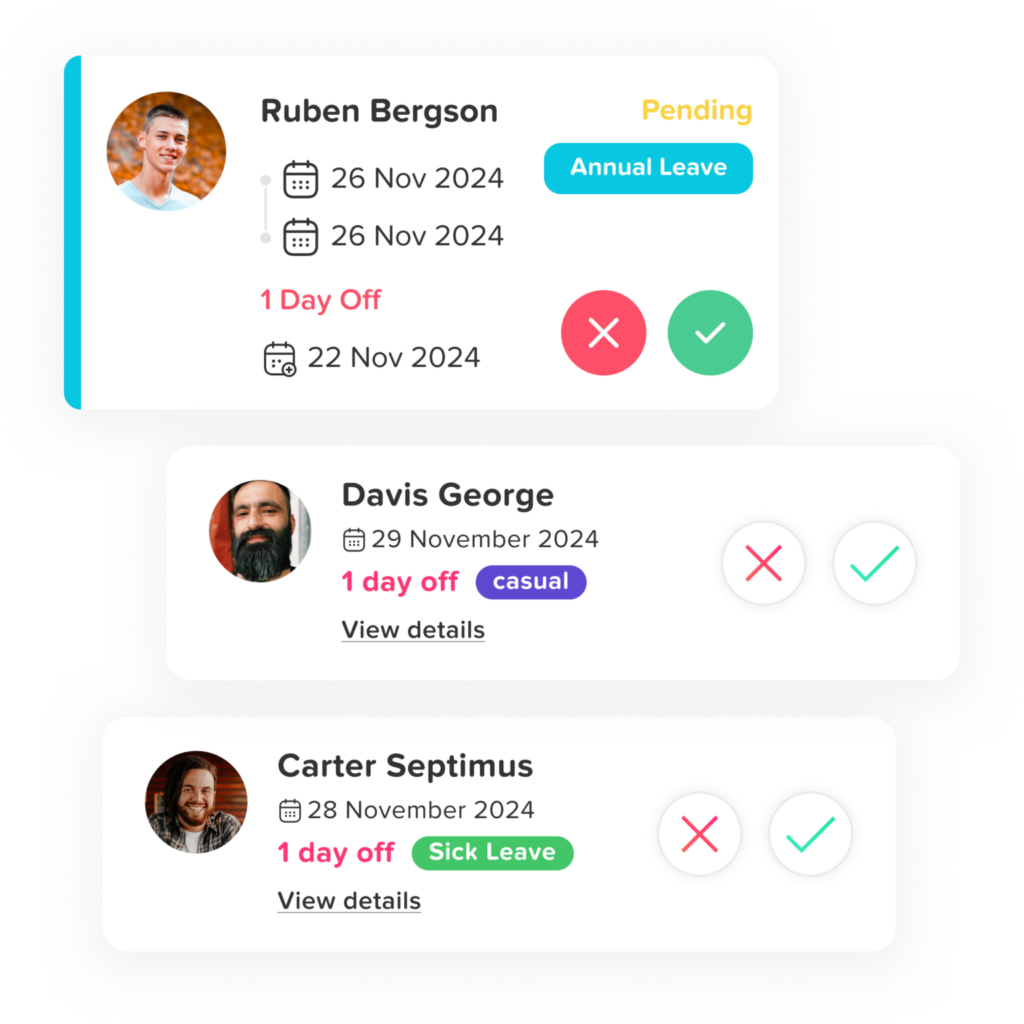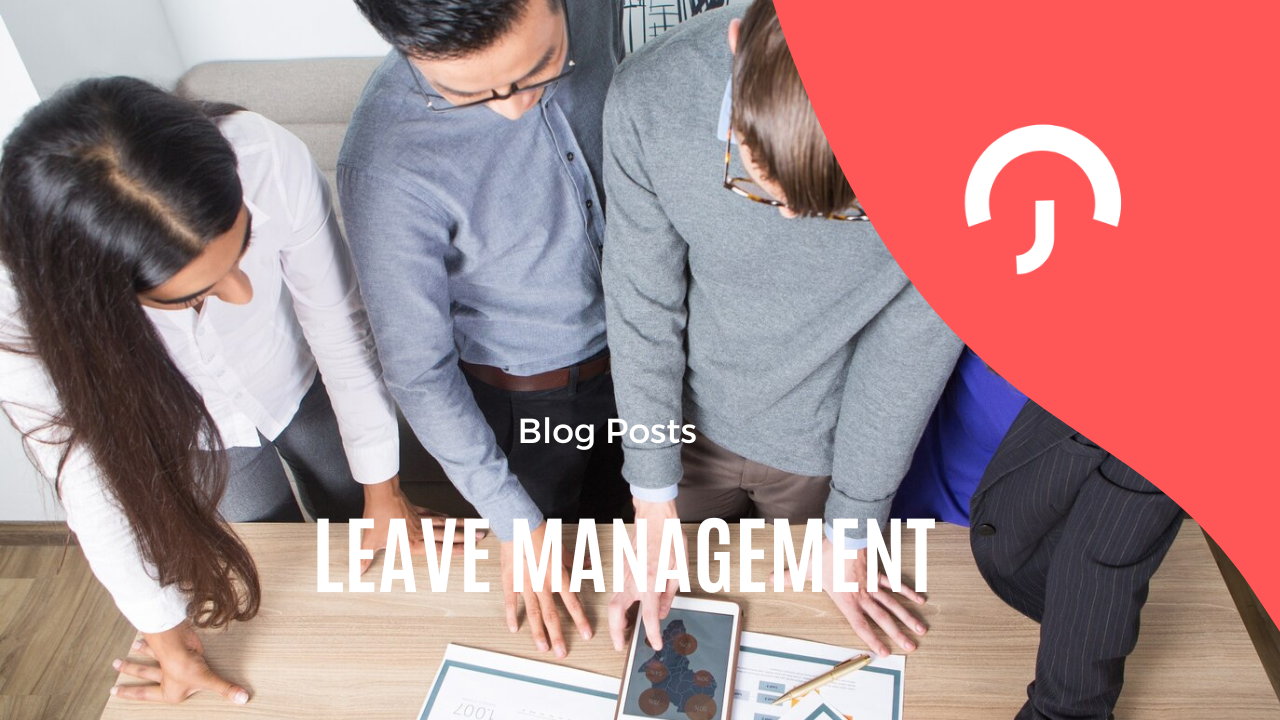Table of Contents
ToggleManaging employee time off may seem like a simple task, but when done manually or with outdated systems, it can quickly become a logistical headache. That’s where annual leave software comes in. Annual leave software is designed to streamline the process of requesting, approving, and tracking leave, helping businesses save time and reduce administrative errors.
However, with numerous annual leave software options on the market, choosing the right solution for your organization isn’t always straightforward. To help you make an informed decision, here are nine essential features to look for in annual leave software.
What is Annual Leave Software?
Annual leave software is a digital solution designed to manage employee time off requests, balances, approvals, and tracking in one centralized platform. Unlike traditional spreadsheets or manual systems, this software automates and simplifies the entire leave management process. Employees can easily request vacation, sick leave, or other types of time off, while managers can efficiently approve or reject requests, monitor team availability, and ensure coverage. It’s a critical tool for maintaining operational efficiency, employee satisfaction, and regulatory compliance.
Key Features of Annual Leave Software
User-Friendly Interface
A well-designed interface is crucial for adoption. Your team should be able to navigate the platform with minimal training. A clean dashboard, intuitive navigation, and logical layout can significantly reduce the learning curve. Employees should be able to request leave in a few clicks, and managers should be able to see team availability and approve requests quickly. A good UI/UX design ensures the tool becomes a daily asset rather than a frustration.
Real-Time Leave Balances
Employees often want to know how many days they have left before planning vacations. Real-time leave tracking eliminates the need to ask HR or rely on outdated spreadsheets. It allows staff to make informed decisions and prevents overbooking or unauthorized leave. For managers and HR, it ensures that approvals are based on up-to-date information, reducing administrative follow-up and payroll errors.
Customizable Leave Policies
Every organization has different leave entitlements, carryover limits, accrual methods, and national holidays. The best leave software should allow administrators to configure these policies according to regional or departmental needs. Whether your company operates in multiple countries or has different rules for contractors versus full-time employees, customization ensures that the system aligns with internal policies and legal requirements.
Approval Workflow Automation
Manual leave approvals can lead to delays, miscommunication, and overlapping absences. Automated workflows allow you to route requests to the appropriate supervisor or department head without human error. Some tools support multi-level approvals, escalation processes, and delegation options when managers are on leave. Automated alerts and reminders keep everyone informed, ensuring timely decisions and operational continuity.
Manages Work Schedules
Day Off makes managing work schedules effortless with its flexible Work Schedules feature. Managers can easily create and assign shifts, set repeating patterns, and automatically adjust schedules when employees take leave. The system integrates seamlessly with time-off tracking, ensuring no conflicts or gaps in coverage. With real-time calendars, instant notifications, and support for multiple locations and time zones, Day Off keeps teams organized, informed, and perfectly aligned.
Calendar Integration
When leave data integrates with shared calendars like Google Calendar, Outlook, or Microsoft Teams, team coordination improves dramatically. Managers can see who will be out on any given day and avoid scheduling conflicts. It’s also helpful for employees to be aware of team availability during project planning. This transparency improves planning, prevents understaffing, and enhances overall productivity.
Mobile Accessibility
Modern workforces are increasingly mobile and distributed. Whether your employees work remotely or travel frequently, mobile access is essential. A responsive web interface or dedicated mobile app allows users to check balances, submit leave, or approve requests on the go. Mobile functionality ensures that business operations continue smoothly, regardless of location or time zone.
Reporting and Analytics
The ability to generate insights from leave data is a powerful advantage. Reports can highlight patterns such as frequent absenteeism, department-level leave trends, or underutilized vacation days. HR can use these analytics to adjust policies, plan for peak seasons, or flag potential burnout risks. Customizable and exportable reports also assist with audits, legal compliance, and payroll processing.
Security & Compliance
Employee leave records contain sensitive personal data, making security a top priority. The software should offer data encryption, access controls, and secure cloud storage. It must also comply with data privacy laws such as the General Data Protection Regulation (GDPR) or local equivalents. Audit logs, role-based permissions, and regular security updates help protect both employee privacy and company liability.
Notifications & Reminders
Built-in notifications keep everyone on track. Employees receive alerts when requests are approved or declined, while managers get reminders for pending requests. Notifications for overlapping time-off, low staff coverage, or upcoming public holidays can help reduce operational disruptions. Timely communication ensures accountability and enhances user experience.
7 Benefits of Using Annual Leave Software
Time Savings
Manual leave processes involve emails, spreadsheets, and multiple follow-ups. Automating these steps frees up HR personnel to focus on strategic work. Employees and managers also save time with instant approvals and self-service access.
Error Reduction
Automated calculations of leave balances and accruals eliminate human errors. Integrated systems prevent data discrepancies that often occur during payroll processing, ensuring employees are paid accurately and fairly.
Increased Transparency
When leave information is available to both employees and managers in real time, there’s less room for confusion or disputes. Everyone can see the same data, which fosters a culture of openness and accountability.
Improved Employee Experience
A seamless request and approval process shows employees that their time off is respected and valued. The ability to manage their leave independently can lead to increased satisfaction and morale.
Better Compliance
Labor laws and leave entitlements vary by country and region. Software that supports compliance reduces the risk of legal penalties or employee grievances. Audit trails and report logs further support regulatory audits.
Data-Driven Insights
Understanding leave usage trends helps managers plan better. For example, noticing a spike in sick leave during a specific quarter might lead to wellness initiatives. Data also helps with workforce planning and budgeting.
Enhanced Team Coordination
Integrated calendars and centralized scheduling prevent understaffing and help managers balance workloads. Teams can plan projects more effectively, knowing when colleagues will be away.
Day Off Annual Leave Software
Day Off is a modern and intuitive leave management solution built for small to medium-sized teams. It offers core functionality with a strong emphasis on simplicity and user experience. Some of its key strengths include:
Fast onboarding for new teams
Customizable policies for different departments or regions
Mobile apps for Android and iOS users
Slack and Microsoft Teams integrations for faster communication
Detailed reporting for HR and leadership
Day Off is especially ideal for companies seeking a lightweight, reliable, and easy-to-use solution without unnecessary complexity.
How To Use Day Off
Setting up Day Off is quick, simple, and designed to fit businesses of any size. In just a few steps, you can move from manual tracking to a fully automated leave management system.
Create Your Organization
Sign up on the Day Off platform and set up your company profile in a few minutes. Add basic details such as your organization name, departments, and working days to get started.
Configure Your Leave Policies
Customize your company’s leave policies to match your internal rules. You can define leave types (like vacation, sick, or unpaid leave), set accrual rates, adjust carryover limits, and design approval workflows that reflect your structure and culture.
Invite Your Team
Once your policies are ready, invite employees to join the platform. You can assign them to departments, link them to managers, and establish reporting lines so approvals flow smoothly.
Submit and Approve Requests
Employees can submit leave requests anytime through the web or mobile app. Managers receive instant notifications to review and approve requests with just one click, keeping communication clear and eliminating email back-and-forth.
Track and Report in Real Time
Use the interactive dashboard to monitor leave trends, view team availability, and download detailed reports. This visibility helps HR and managers plan ahead, maintain coverage, and support better decision-making.


Best Practices for Implementing Annual Leave Software
To ensure a successful rollout:
Engage Stakeholders Early: Involve HR, IT, and department heads in the selection and configuration process.
Communicate Clearly: Provide guidelines to staff about the new system, how to use it, and whom to contact for support.
Test Before Launch: Run pilot tests with select users to identify issues and refine workflows.
Train Users: Offer brief training sessions or onboarding tutorials to ensure smooth adoption.
Set a Go-Live Date: Establish a firm launch date and provide support during the transition.
Review Regularly: Update policies and system settings as needed to keep up with changes in company policy or legislation.
FAQs
What types of leave can be tracked?
Modern leave management systems can handle much more than standard annual leave. You can track sick leave, unpaid leave, parental leave, jury duty, bereavement leave, sabbaticals, study leave, and even custom leave types that suit your organization’s policies. This flexibility ensures every kind of absence is properly recorded and managed.
How secure is the system?
Security is a top priority for reputable leave management software providers. Most use strong data encryption, secure cloud hosting, role-based access controls, and two-factor authentication. Many are also fully compliant with privacy laws such as GDPR, ensuring employee information remains safe and confidential at all times.
Does it work on mobile devices?
Yes. Leading platforms, including Day Off, offer full mobile compatibility through dedicated iOS and Android apps. Employees and managers can submit requests, approve leave, and check balances from anywhere, whether they’re in the office or on the move.
Can I set up different leave rules for different departments or locations?
Absolutely. Many systems allow you to create customized leave policies based on department, job role, location, or employment type. This is particularly useful for global teams that need to account for different time zones, public holidays, or labor laws across regions.
What happens if two team members request the same days off?
Most platforms feature team calendars and automatic conflict alerts that notify managers when multiple employees request overlapping dates. This helps prevent staffing shortages and ensures scheduling decisions are made fairly and efficiently.
Can employees see when their coworkers are on leave?
Usually, yes. Depending on your company’s privacy settings, employees can access a shared team calendar to see who’s away. This improves communication and planning, helping teams coordinate better when scheduling projects or meetings.
Is there a way to limit how far in advance or last-minute someone can request leave?
Yes. Many platforms allow you to set clear rules around how early or late a leave request can be submitted or canceled. This helps teams maintain structure, reduces last-minute disruptions, and gives managers enough time to plan coverage.
Can I generate leave summaries for individual employees?
Yes. HR teams and managers can easily generate detailed reports showing each employee’s leave history, remaining balances, and upcoming time off. These reports are valuable for performance reviews, compliance audits, and strategic workforce planning.
Is training or support provided?
Most vendors offer onboarding support, help centers, step by step tutorials, and responsive customer service for both HR administrators and employees. Platforms like Day Off are designed to be intuitive, so most users can get started right away without extensive training.
Conclusion
Managing time off effectively is no longer just an HR responsibility; it’s a key part of creating a healthy, productive, and engaged workplace. The right tools, like Day Off, help businesses simplify leave tracking, automate approvals, and maintain transparency across teams, no matter where employees are working from.
By replacing outdated spreadsheets and manual processes with smart automation, companies can reduce administrative work, improve accuracy, and give employees the confidence that their time off is being handled fairly and efficiently. A well-managed leave system not only supports compliance but also encourages balance, trust, and well-being, all essential ingredients for long-term success.



